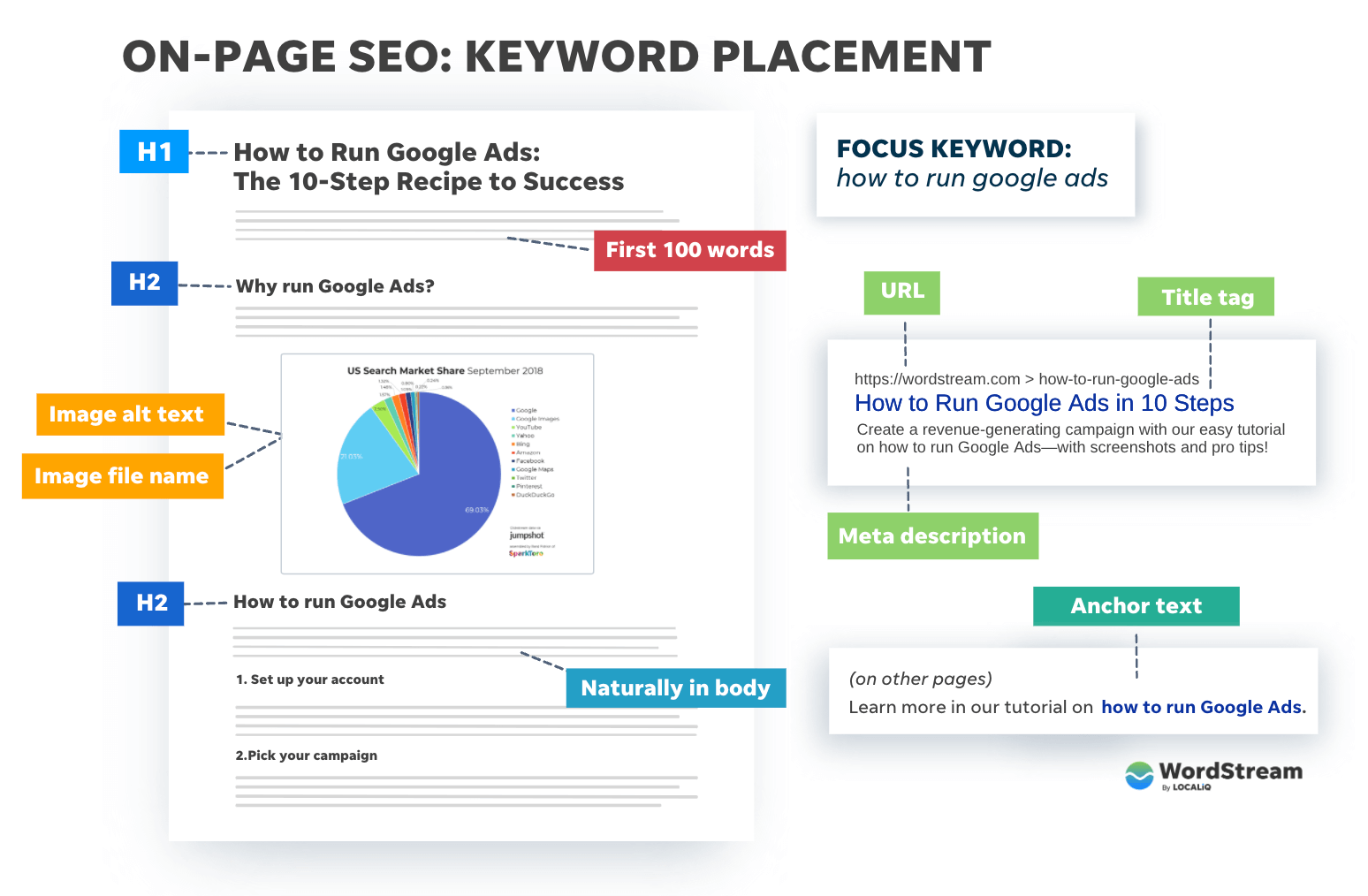Revealing the Effect of Additional Dimension in Google Analytics on Data Evaluation and Insights
In the realm of information analytics, the application of second dimensions within Google Analytics has emerged as an essential tool for extracting deeper understandings and unraveling complex patterns that may otherwise continue to be obscured. By peeling off back the layers of primary data collections, second dimensions provide a nuanced point of view that enhances the understanding of user behavior, website efficiency, and the effectiveness of marketing techniques.
Exploring the Idea of Second Measurements
Second dimensions in Google Analytics provide extra understandings by enabling individuals to assess primary information combined with a secondary characteristic. This attribute enables a much more thorough understanding of the primary data by including another layer of details for evaluation. By incorporating additional dimensions, users can delve much deeper right into the data and reveal valuable connections that may otherwise go unnoticed. For instance, by pairing the primary data of website traffic with additional dimensions like demographics or habits, marketers can obtain a more thorough sight of their target market and tailor their techniques appropriately.
By exploring the numerous secondary measurements readily available in Google Analytics, users can open brand-new understandings and enhance their digital advertising and marketing initiatives. In significance, second measurements offer as a powerful device for improving information evaluation and driving actionable outcomes.
Enhancing Information Interpretation With Secondary Dimensions
Having actually developed the foundational understanding of secondary measurements in Google Analytics and their essential function in information evaluation, the emphasis now moves in the direction of leveraging these secondary attributes to improve the interpretation of analytics data (what is a secondary dimension in google analytics). By integrating additional measurements right into information analysis, experts can get much deeper insights right into customer behavior, website performance, and advertising performance

Moreover, secondary measurements aid in contextualizing key data metrics by giving additional layers of details. This contextualization help in understanding the 'why' behind the data fads, aiding analysts make educated choices and optimizations to enhance general performance. Ultimately, integrating secondary measurements enhances the information interpretation procedure, causing more purposeful insights and calculated activities.
Uncovering Hidden Insights Through Second Measurements
Checking out the midsts of analytics information with secondary measurements discloses important insights that would or else continue to be covered. By incorporating second dimensions in Google Analytics, organizations can discover hidden patterns, patterns, and connections that give an even more extensive understanding of user behavior and website efficiency. These additional layers of data enable experts to dig much deeper into the primary dimensions, such as traffic sources or touchdown web pages, and acquire an extra nuanced viewpoint on just how various variables engage with each various other.
With the use of additional dimensions, experts can section and contrast data across numerous measurements, enabling them to identify specific aspects that influence user involvement, conversion prices, and overall success metrics. For instance, by coupling the primary measurement of 'device group' with the second measurement of 'age,' marketing experts can determine which age demographics prefer accessing the internet site via smart phones versus desktops. helpful resources This degree of granularity equips organizations to make data-driven choices and enhance their strategies for better results. Eventually, uncovering concealed insights through second dimensions boosts the depth and accuracy of information analysis, resulting in more enlightened decision-making and improved efficiency outcomes.
Leveraging Secondary Dimensions for Actionable Analytics
Structure upon the understandings unveiled with second measurements in Google Analytics, companies can currently harness this enriched data landscape to drive actionable analytics and critical decision-making. By leveraging additional measurements, companies can dive deeper right into their information to extract valuable patterns, trends, and relationships that might have previously gone undetected. This much deeper level of evaluation allows companies to acquire a more comprehensive understanding of customer actions, campaign efficiency, and total website efficiency.
One key benefit of utilizing additional dimensions for actionable analytics is the capability to sector information based on details criteria. This division permits services to customize their campaigns and techniques to different target market groups, resulting in extra targeted and effective marketing efforts - what is a secondary dimension in google analytics. Additionally, additional measurements supply an even more alternative view of user interactions, making it possible for services to maximize their web site material, layout, and general individual more tips here experience
Optimizing Decision-Making With Additional Dimensions
To improve strategic decision-making in analytics, leveraging second measurements in Google Analytics can provide a more nuanced point of view on individual habits and project efficiency. By integrating secondary dimensions right into data analysis, businesses can dive deeper right into the specifics of their website site visitors' interactions and interaction patterns. This additional layer of info enables for a more extensive understanding of exactly how different variables, such as demographics, devices, or traffic resources, impact vital efficiency signs.

Verdict
To conclude, the usage of secondary dimensions in Google Analytics plays an essential duty in enhancing data evaluation and revealing surprise understandings. By discovering this concept, one can acquire a much deeper understanding of user habits and make notified choices based upon actionable analytics. Leveraging additional dimensions enables for a more thorough interpretation of information and optimizes the efficiency of decision-making procedures.

Comments on “Opening Secondary Dimensions in Google Analytics: Definition and Practical Use Situations Discovered”